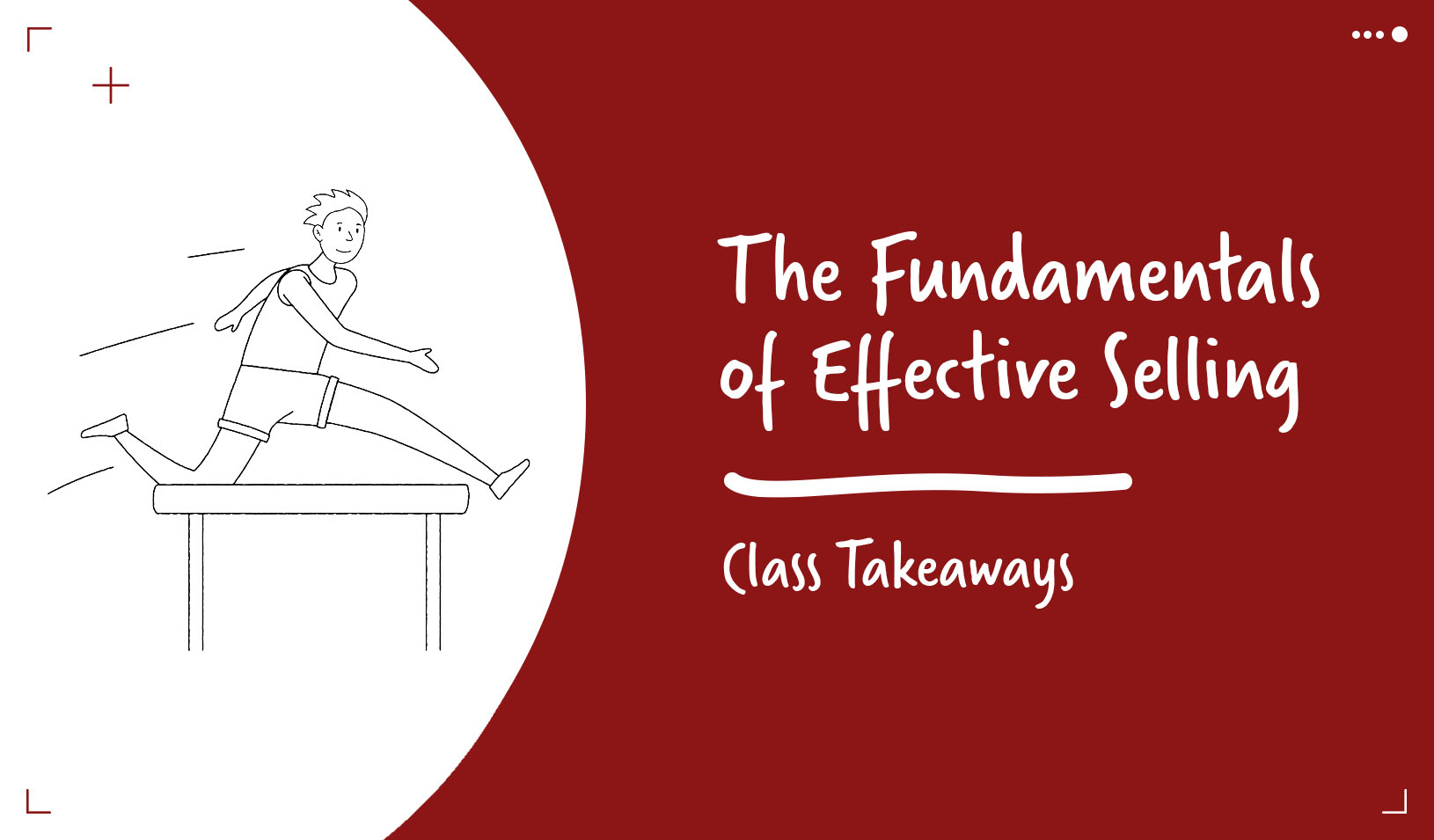“Less is more” is not an adage you’re likely to find in marketing. When it comes to selling goods, conventional wisdom affirms that more is indeed more — offering a greater array of product options increases the likelihood customers will find what they need and buy.
Some observers, however, suggest that more options may not always be a good thing. One study conducted at a supermarket near the Stanford campus, for instance, found that shoppers who were allowed to taste from 24 different jams were actually less likely to purchase any jam than shoppers who were allowed to taste from only 6. Michaela Draganska, associate professor of marketing at Stanford GSB, has found that while variety does have a positive impact on brand choice, some companies, especially those with well-known brands, are going overboard and would be better off offering consumers fewer brand choices. People can become so overwhelmed by the mountain of options available in nearly every product category from breakfast cereals or 401(k) plans to cars that they’re likely to put off purchases — sometimes indefinitely.
Too many choices can sometimes serve as a drag on buying behavior when purchases are optional or may be postponed, agrees Jonah Berger, a doctoral candidate at the Business School. But what happens when someone absolutely positively has to pick up wine for a dinner party, a watch for a son’s graduation present, or bug spray for a camping trip? Does having a plethora of varieties help your brand or hurt it? In recent research, Berger found that variety is indeed the spice of hype. People perceive brands that offer greater variety as having higher quality, he says — and are therefore more likely to purchase products from those brands.
In a series of studies conducted with Draganska and Itamar Simonson, the School’s Sebastian S. Kresge Professor in Marketing, Berger set out tables offering free chocolate tasting in front of the Stanford Bookstore. In one study, he presented passersby with two fictitious European-sounding brands: one comprising 10 particularly popular choices, and one that included all of those plus 20 more. More than 80 percent of tasters went straight for the more expanded brand, and 71 percent selected from the larger group even when focusing on identical options offered by both brands. “This indicates that people used variety as a cue to determine which brand was higher in quality,” Berger explains.
The trend was consistent no matter which varieties were included in either of the samples (and they were rotated), demonstrating that the dynamic had nothing to do with the specific product varieties offered or people’s personal chocolate preferences. In surveys, participants rated the bigger-variety brand as being higher quality, and in sampling tests even rated it as better tasting, despite the fact that, unbeknownst to them, the chocolates in both groups were exactly the same (a mix of See’s and Godiva varieties). “That shows you the psychological power of the phenomenon,” says Berger.
Participants also said they would be more likely to purchase the brand that offered more options. In another study, most participants indeed put their money where their mouth was by forgoing payment for their time in favor of a gift box of assorted chocolates from the more expanded brand.
In related studies assessing consumers’ perceptions of chocolate, bicycles, and binoculars, Berger found that participants perceived brands offering more variety to be of higher quality because they assumed the greater number of goods in a category meant the brand had more expertise in, and knowledge of, that category. In cases where participants could not infer the brand’s full variety from the particular options they had in front of them, variety no longer influenced quality perceptions.
Berger also found that variety can sometimes work against a brand if it is unfocused. In one study, for example, consumers gave top ratings to a restaurant that offered a wide variety of dishes in one category — Thai food. But when that restaurant was portrayed as offering not only Thai food but also food in other categories, consumer ratings went down. “In some cases, having a lot of unrelated options is a signal to the consumer that the brand is not focused, and therefore can’t be very good,” says Berger.
Berger’s research demonstrates that consumers grappling with purchasing decisions tend to select goods from among those offering a greater variety of options on the (literal or virtual) shelves, even when the same type or style of product appears across brands. Extrapolating from his studies, Berger notes that brands may be underestimating the impact of variety on sales. “Typically a company will look at the cost to produce a new item in a particular category versus the profits it will earn from that item, but that may be a limited way of making production decisions,” he says. “Our studies show that offering greater variety can have a halo effect on the brand as a whole. Offering vanilla-chocolate swirl might get you more customers than just those who like that specific flavor. If it helps increase the perceived quality of the brand, it might also make people more willing to buy your vanilla.”
For media inquiries, visit the Newsroom.






